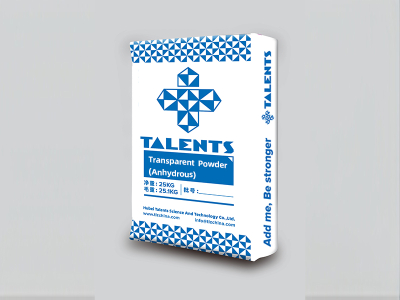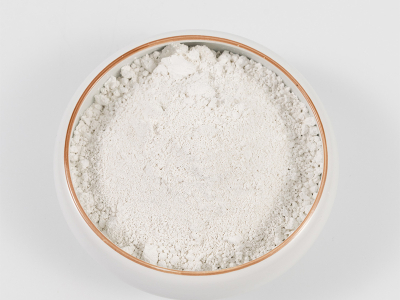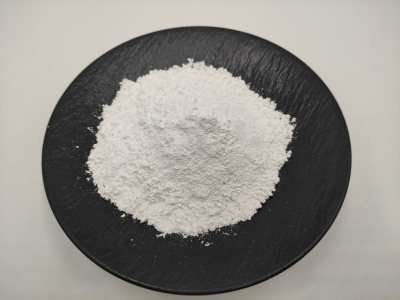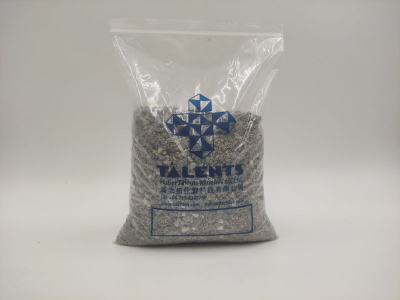barite used in drilling mud
Product Features:
Drilling grade barite are produced from natural barium sulfate ores.Commonly used as a weighting agent for all types of drilling fluids in oiland gas exploitation.
Our drilling barite manufactured to meet or exceed all APl 13 Arequirements.
This grade also can be used in the applications which high purity but lowwhiteness requirements.
Barite Used in Drilling Mud
Introduction
Barite, a naturally occurring mineral composed of barium sulfate (BaSO₄), is widely used in the oil and gas industry as a weighting agent in drilling mud. Its high specific gravity, chemical inertness, and ability to control formation pressures make it an essential component in drilling operations.
Properties of Barite
Barite possesses several key properties that make it ideal for use in drilling fluids:
High Specific Gravity: Typically ranging from 4.2 to 4.5, barite is denser than other minerals, allowing effective control of wellbore pressures.
Chemical Inertness: It does not react with other drilling fluid components, ensuring stability in the drilling environment.
Non-Toxicity: Barite is considered environmentally friendly and safe for handling.
Role of Barite in Drilling Mud
Drilling mud is a crucial fluid used during drilling operations to lubricate the drill bit, remove cuttings, and stabilize the wellbore. Barite is added to increase the density of the mud, which serves the following purposes:
Controlling Formation Pressures: The weight of the drilling mud counteracts formation pressures, preventing blowouts and well collapse.
Cuttings Removal: The increased density helps carry cuttings to the surface more efficiently, improving drilling efficiency.
Wellbore Stability: Heavy drilling muds help maintain the integrity of the wellbore, reducing the risk of caving or hole collapse.
Minimizing Fluid Loss: Properly weighted mud reduces fluid loss into porous formations, maintaining drilling fluid properties.
Quality Standards and Processing
For barite to be suitable for drilling mud applications, it must meet API (American Petroleum Institute) or OCMA (Oil Companies Materials Association) specifications. Key quality parameters include:
Specific Gravity: Minimum 4.2 (API standard) or 4.1 (OCMA standard).
Particle Size Distribution: Finely ground barite is essential to prevent sedimentation and ensure uniform distribution in the drilling fluid.
Purity: High-purity barite with minimal contaminants such as silica or iron oxide is preferred.
Global Supply and Market Trends
Barite is mined in various countries, including China, India, the United States, and Morocco. China is the leading producer and exporter of barite, supplying a significant portion of the global demand. The oil and gas industry's fluctuating drilling activity directly impacts barite consumption, with demand surging during periods of high exploration and production.
Conclusion
Barite plays a critical role in the drilling mud industry, enabling safe and efficient drilling operations. Its unique properties, such as high density, chemical stability, and environmental safety, make it the preferred weighting agent for drilling fluids. With increasing exploration activities, the demand for high-quality barite is expected to remain strong in the coming years.
Application Areas:
◆Oil drilling ◆Friction materials ◆Rubber ◆Radiation wall
Index | TLZ-DB01 | TLZ-DB02 |
Appearance | Granule | Granule |
Special gravity ≥ | 4.1 g/cm³ | 4.2 g/cm³ |
BaSO₄+ SrSO₄Content | 85% | 90% |
Hg ppm ≤ | 1 ppm | 1 ppm |
Cd ppm ≤ | 3 ppm | 3 ppm |
As ppm ≤ | 40 ppm | 40 ppm |
Pb ppm ≤ | 1000 ppm | 1000 ppm |
Si0₂Content | - | 3% max |
Fe₂O₃Content | - | 3% max |
Carbonates | 5000ppm max | 5000 ppm max |
Water Soluble Alkaline Earth Metals As Calcium ≤ | 250 mg/kg | 250 mg/kg |
Miosture | 2% | 2% |
Granule Size | 0-100 mm | 0-100 mm |





